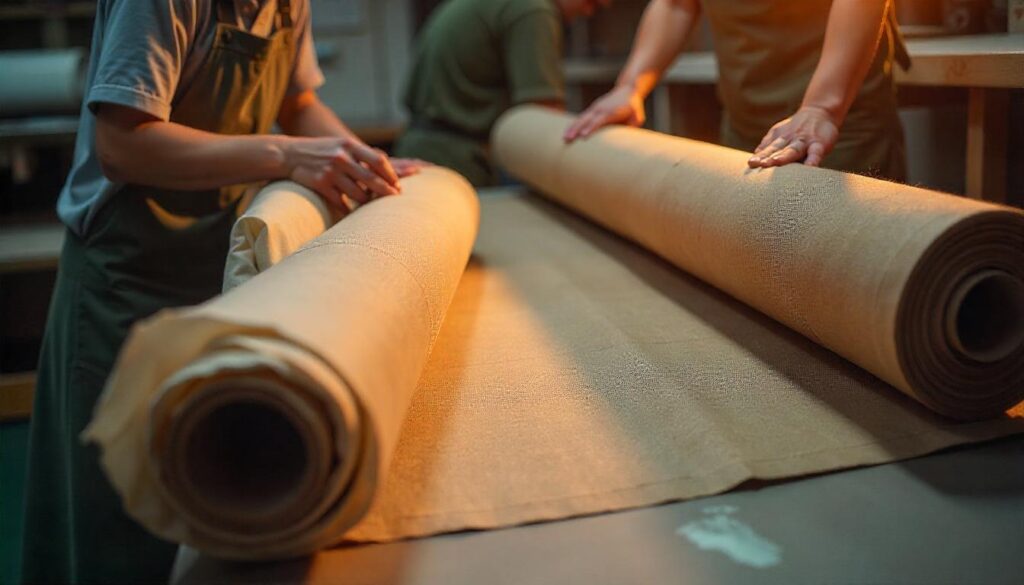In a world increasingly aware of climate change, pollution, and social inequality, the fashion industry stands at a pivotal crossroads. Fast fashion — once celebrated for its affordability and trendiness — is now being scrutinized for its environmental and ethical impact. In contrast, sustainable clothing has emerged as a powerful movement that challenges conventional fashion norms and offers a greener, fairer future. But what exactly is sustainable clothing, and why does it matter?
What Is Sustainable Clothing?

Sustainable clothing refers to garments that are designed, produced, distributed, and disposed of in ways that are environmentally friendly and socially responsible. This approach considers the entire lifecycle of a product — from sourcing raw materials to production methods, transportation, use, and end-of-life disposal.
The goal of sustainable fashion is to reduce the industry’s carbon footprint, minimize waste, conserve water, and ensure fair wages and safe working conditions for laborers. It’s not just about the fabric; it’s about ethics, transparency, and long-term thinking.
The Problem with Fast Fashion
To understand the rise of sustainable clothing, it’s essential to recognize the problems caused by fast fashion:
- Environmental Damage: The fashion industry is responsible for around 10% of global carbon emissions and nearly 20% of global wastewater. Producing clothes uses massive amounts of energy, water, and chemicals.
- Textile Waste: Approximately 92 million tons of textile waste is created annually. Most of this ends up in landfills or is incinerated.
- Microplastic Pollution: Synthetic fabrics like polyester shed tiny plastic fibers during washing, contributing to ocean pollution.
- Exploitation of Labor: Many fast fashion brands outsource production to countries with cheap labor. Workers are often underpaid and work in unsafe conditions.
Key Principles of Sustainable Clothing
Sustainable fashion is built on several foundational principles:
- Eco-Friendly Materials
Sustainable clothing uses organic, recycled, or biodegradable materials. Examples include:- Organic cotton (grown without harmful pesticides)
- Hemp and linen (low-water and low-chemical crops)
- Tencel or Lyocell (made from sustainably harvested wood pulp)
- Recycled polyester (reduces plastic waste)
- Ethical Manufacturing
Fair labor practices are central to sustainability. This means paying workers living wages, ensuring safe working environments, and supporting local artisans. - Durability and Quality
Unlike fast fashion, which encourages buying more and wearing less, sustainable brands prioritize quality over quantity. Durable clothes last longer, reducing the need for frequent replacements. - Low Impact Dyes and Processes
Sustainable brands often use natural or low-impact dyes that require less water and produce fewer toxic byproducts. - Transparency and Traceability
Many sustainable brands share detailed information about their supply chains, manufacturing processes, and business practices, helping consumers make informed choices.
Benefits of Choosing Sustainable Clothing
- Reduced Environmental Footprint: Choosing eco-friendly fabrics and ethical production helps conserve natural resources and reduce greenhouse gas emissions.
- Support for Ethical Labor: Buying from sustainable brands supports fair wages and better working conditions.
- Long-Term Savings: Higher quality garments may cost more upfront but tend to last much longer, saving money over time.
- Healthier Choices: Natural fabrics are often better for skin health, especially for people with allergies or sensitivities.
- Positive Social Impact: Your choices as a consumer can influence market demand and push more brands toward ethical practices.
Challenges and Misconceptions
While the shift toward sustainable fashion is promising, there are still hurdles:
- Cost: Sustainable clothing is often more expensive due to fair wages and eco-friendly materials.
- Greenwashing: Some brands falsely advertise themselves as sustainable without meaningful action — a practice known as greenwashing.
- Limited Availability: Sustainable fashion isn’t always accessible, especially in certain regions or for consumers with budget constraints.
Despite these challenges, awareness is growing, and more consumers are demanding transparency and accountability from the fashion industry.
How to Make Sustainable Fashion Choices
You don’t need to overhaul your entire wardrobe to make a difference. Here are some practical steps anyone can take:
- Buy Less, Choose Well
Focus on buying fewer, higher-quality pieces that can be mixed and matched for various outfits. - Opt for Second-Hand
Thrift stores, vintage shops, and resale platforms offer stylish, affordable options that extend a garment’s life cycle. - Support Ethical Brands
Do some research and choose brands that are committed to sustainability and ethics. Look for certifications like Fair Trade, GOTS (Global Organic Textile Standard), and B Corp. - Care for Your Clothes
Wash your clothes in cold water, avoid the dryer when possible, and repair instead of discarding torn items. - Recycle and Donate
Instead of throwing clothes away, donate them, sell them, or find recycling programs that accept textiles.
Leading Sustainable Fashion Brands
Several brands have made sustainability their mission. Here are a few noteworthy examples:
- Patagonia: Known for its environmental activism, Patagonia uses recycled materials and promotes garment repair.
- People Tree: Pioneers of ethical and sustainable fashion, offering Fair Trade certified clothing.
- Reformation: Offers trendy, sustainable women’s clothing with transparent sustainability reporting.
- Eileen Fisher: Focused on timeless designs and responsible sourcing.
- ThredUp and Depop: Platforms for second-hand fashion that promote circular consumption.
The Future of Fashion Is Sustainable
Sustainable clothing is more than just a trend — it’s a necessary shift in how we view fashion and consumption. As climate change becomes more urgent, and social justice movements gain momentum, consumers, brands, and policymakers must work together to transform the industry.
Technology is also playing a role. Innovations in fabric recycling, plant-based textiles, and supply chain tracking are making sustainable fashion more scalable and affordable. Meanwhile, the rise of conscious consumers — especially Gen Z — is creating a new standard of accountability for brands.
Conclusion
Sustainable clothing is about respecting the planet and the people who live on it. It’s a call to slow down, think critically, and shop with intention. While the journey toward a fully sustainable wardrobe may not happen overnight, every mindful choice counts. By supporting sustainable fashion, we wear not just style — but purpose.


